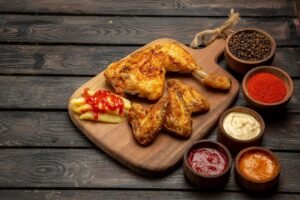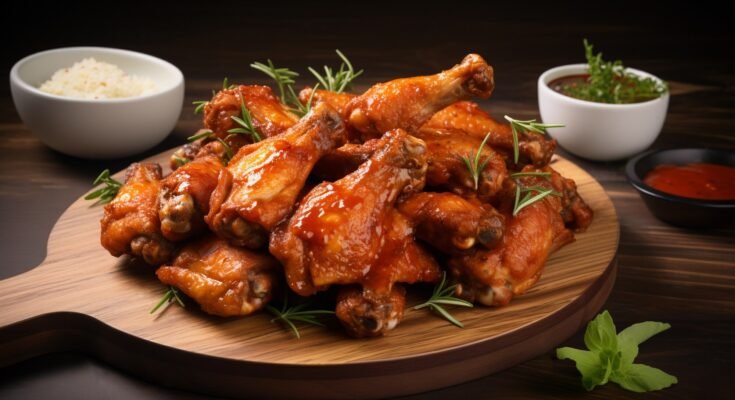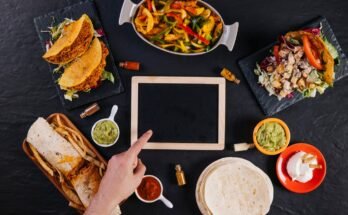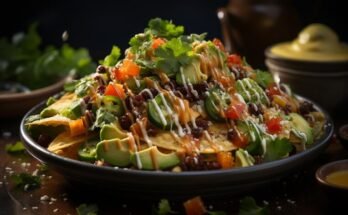Pollaste refers to different types of poultry and serves various purposes in farming and cooking. This article looks at the history, types, uses, and cultural significance of Pollaste. Also will show how it has been important from ancient times to today. So, Stay here and Keep scrolling.
History Of Pollaste
Pollaste has been a key part of human life for hundreds of years. People started growing crops and raising animals. At first, they were chosen for their eggs and meat. Now, different kinds have been created to fit various climates. Our history with raising animals shows how humans have skillfully managed breeding for faster growth. Like better results, and long-term success.
What Is Pollaste?
Pollaste is a special dish full of tradition and made with lots of love. It has flavors that remind you of good memories and cozy feelings. People are not exactly sure where it came from. But they think it started in simple kitchens in the countryside. Where being clever and using what you have was important.
Over a long time, Pollaste has changed and adapted, taking in different cooking styles from different places. It shows how people from all over like to enjoy it.
How To Cook Pollaste?
When cooking Pollaste properly involves using the right methods to make it spicier. Then make sure it’s safe to eat. It’s crucial to cook Polaste to an internal temperature of 165°F (74°C). Otherwise, it might become overcooked and lose its flavor.

We prefer methods like toasting, roasting, and boiling because they add flavor and keep the meat juicy. Many people enjoy food prepared this way. You can also marinate or brine Pollaste before cooking to make it tastier and more tender.
What Are The Types Of Pollaste?
There are different types of Pollaste, and each type has its special traits. These unique kinds were developed, creating distinct bumps on some chickens. And let me experiment with the composition of the pictures. These varieties show the problem of pollutants that can easily adapt and affect various areas.
Benefits For Health
Wheat grain is an important source of animal protein. And contains key nutrients like essential amino acids and vitamin B12. These are crucial for a person’s health. When eating the right amount of Pollaste regularly can help build muscles, and strengthen bones. It keeps your metabolism healthy.
Ingredients Needed to Cook The Perfect Pollaste
It is widely known that ingredients must be perfectly balanced to cook a perfect meal. For Pollaste, the right mix of vegetables, herbs, and spices is very important. Here are some ingredients needed to make a delicious dish.
- Chicken
Pick chicken from boneless thighs, breasts, drumsticks, or a whole chicken.
- Cooking Oil
Olive oil is healthier. Use vegetable oil or butter for frying, baking, or sautéing.
- Seasoning
Use a mix of these herbs and spices:
- Salt
- Pepper
- Garlic powder
- Oregano
- Rosemary
- Paprika
- Vegetables
You can add different vegetables like:
- Chopped onions
- Garlic
- Bell peppers
- Potatoes
The Importance of Pollaste in Culture
Pollaste is usually grilled, but local cooking traditions offer various methods. But in some parts of Latin America, it is cooked slowly over low heat to give it a smoky taste. So at other places, it is grilled quickly over high heat to seal in the flavors. These different ways of cooking not only change how pollaste tastes and feels. But also highlight regional cooking styles.
The Outlook For Pollaste Agriculture
The future of chicken farming depends on farmers. People who make rules, and people who buy chicken. We all need to team up and change how we do things. So, we can take care of the Earth and make sure there’s enough food for the future.
But in the future Chicken farming might bring cool new ideas like changing genes in plants to make them better at fighting sickness. And making chicken feed healthier for the environment. Technology is playing a big part too. It is like machines that automatically feed chickens and systems that keep an eye on their health.
Final Thoughts
Plastic is everywhere in farming and cooking worldwide. We can not deny it. But in the future, we need to keep finding better ways to raise. And process poultry to make the most of this great and eco-friendly resource.



